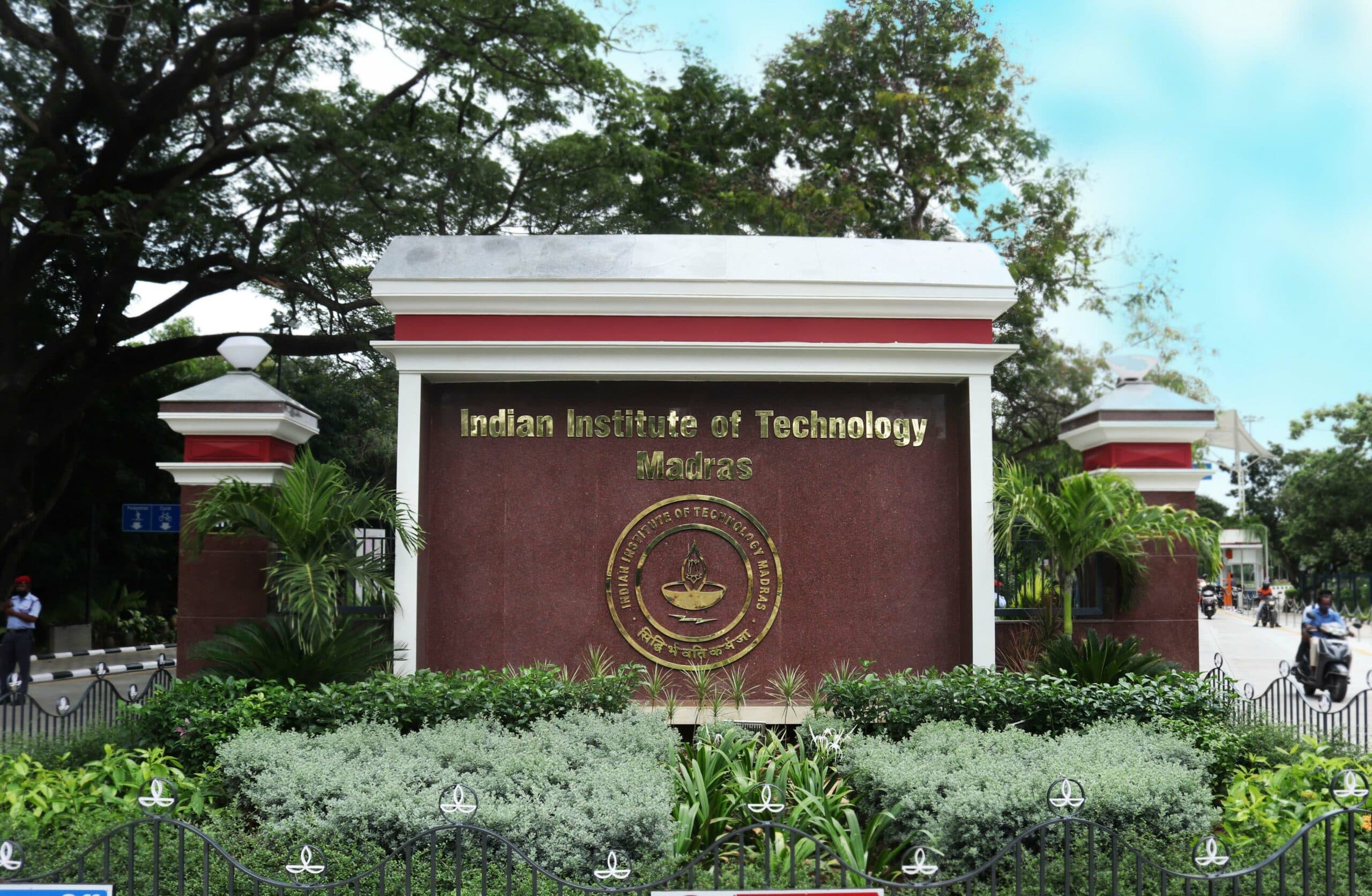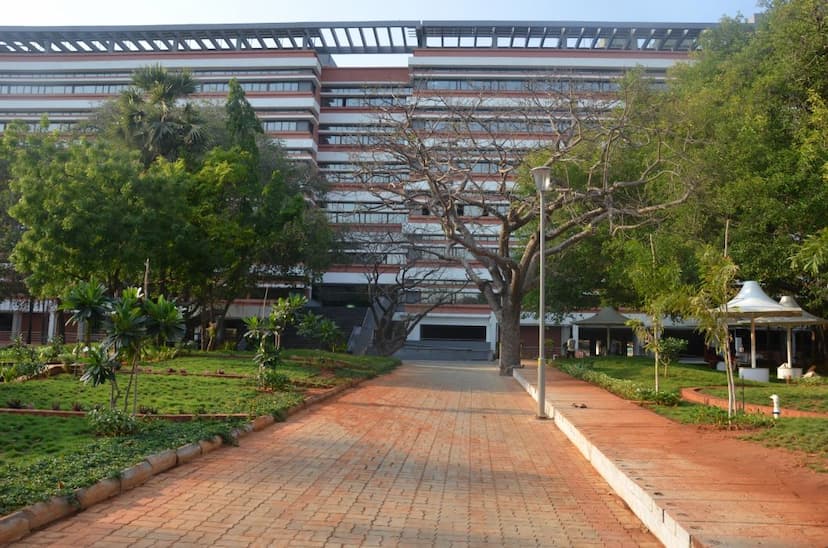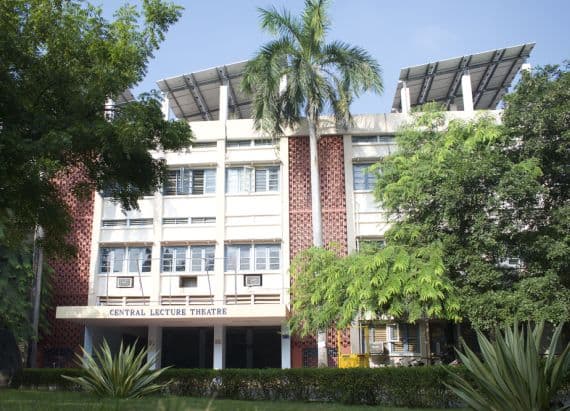IIT Madras and German Scientists explore the interaction between 2 cyclones

IIT Madras, IIT Hyderabad and Potsdam Institute of Climate Impact Research (PIK Germany) researchers have tackled the problem of merging of tropical cyclones.
They have done this by using a using a novel, data-driven approach based on the interdisciplinary methodology of complex networks in an article titled ‘Study of Interaction and Complete Merging of Binary Cyclones Using Complex Networks’ published in Chaos: An Interdisciplinary Journal of Nonlinear Science (https://doi.org/10.1063/5.0101714).


The tremendous havoc and destruction of life and property by these cyclones pose a serious threat to the predominantly agro-based economies of tropical countries.
Mechanisms
Even today, the mechanisms behind the formation and propagation of these weather extremes and their interactions with the neighbouring weather systems lack a sound understanding and are active areas of research and debate among meteorologists worldwide, say sources from IIT Madras.
Research areas
One of these important research areas is what happens when two tropical cyclones, in the same hemisphere, are close to each other.

In this case, as one cyclone starts affecting the other and vice-versa (this interaction is referred to as “Fujiwhara interaction” by meteorologists), there can be number of possible outcomes — their trajectories and/or strengths may suddenly change, or they can merge to form a much stronger cyclone.
Binary interaction
Such binary interaction of cyclones has neither been completely understood nor fully incorporated in weather prediction models, and therefore leads to erroneous forecasts, say sources from IIT Madras.

Such inaccurate forecasts increase the threat to life and property due to unpreparedness caused by misinformation and the lack of early warning, say sources from IIT Madras.

Network
A complex network encodes the pattern of interaction of a complex system, and can be directly applied to study the Fujiwhara interaction between two cyclonic vortices.
Indicators derived from this methodology were found to clearly distinguish the different stages of mutual interaction between two cyclones and provide an early indication of cyclone merger, often better than conventionally used indicators such as the separation distance between two cyclones, say researchers from IIT Madras.

Approach
Dr. Somnath De, the lead author of this study, said “We believe that this network-based approach can be used to study binary cyclone interactions from observational or model-based relative vorticity data to obtain better insights on the possibility of cyclone merger.
It paves the path to analyze such highly unusual/rare events in which sudden alteration of cyclone tracks or re-strengthening occurs, on a case-by-case basis, and facilitate improved prediction of cyclone tracks and the fate of such interactions, he said.

ABOUT IIT MADRAS
Indian Institute of Technology Madras (IITM) was established in 1959 by the Government of India as an ‘Institute of National Importance.’
The activities of the Institute in various fields of Science and Technology are carried out in 17 academic departments and several advanced interdisciplinary research academic centres.
The Institute offers undergraduate and postgraduate programmes leading to B.Tech., M.Sc., M.B.A., M.Tech., M.S., and Ph.D., degrees in a variety of specialisations.
IIT Madras is a residential institute with more than 600 faculty and 9,500 students. Students from 18 countries are enrolled here.
IITM fosters an active entrepreneurial culture with strong curricular support and through the IITM Incubation Cell.
Recognized as an Institution of Eminence (IoE) in 2019, IITM has been ranked No.1 in the ‘Overall’ Category for the fifth consecutive year in India Ranking 2023 released by National Institutional Ranking Framework, Ministry of Education, Govt. of India.
The Institute has also been ranked No.1 in the ‘Engineering Institutions’ category in the same Rankings for eight consecutive years – from 2016 to 2023.
It was also adjudged as the ‘Top innovative Institution’ in the country in Atal Ranking of Institutions on Innovation Achievements (ARIIA) in 2019, 2020 and 2021. ARIIA Ranking was launched by the Innovation Cell of Ministry of Education.
S Vishnu Sharmaa now works with collegechalo.com in the news team. His work involves writing articles related to the education sector in India with a keen focus on higher education issues. Journalism has always been a passion for him. He has more than 10 years of enriching experience with various media organizations like Eenadu, Webdunia, News Today, Infodea. He also has a strong interest in writing about defence and railway related issues.









